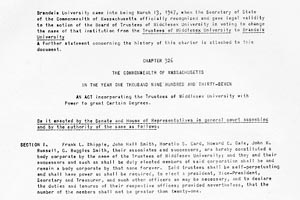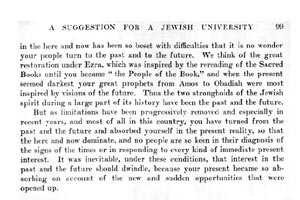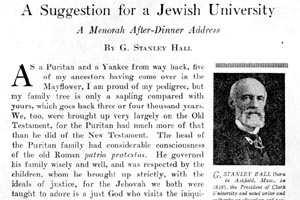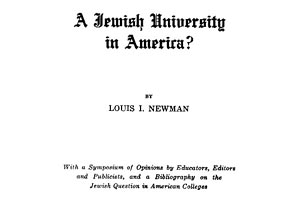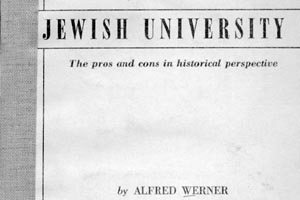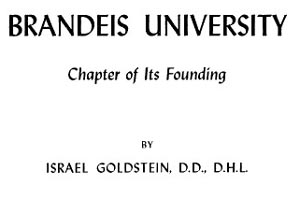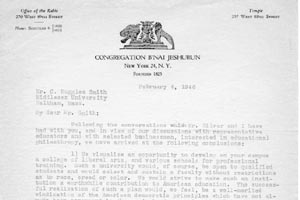Introduction
Brandeis University: The Idea
Brandeis University was the first Jewish-sponsored, non-sectarian university in America. The school opened its doors to students in the fall of 1948. However, the establishment of Brandeis did not begin with the cracking of book spines in the classrooms of the old veterinary school now known as Ford Hall. Before the doors and book covers were opened many great minds came together to make Brandeis University a reality. People like Israel Goldstein, leader of the Zionist Organization of American, George Alpert, prominent Boston Lawyer, Abram Sachar, national director of the B’nai B’rith Hillel Foundation, and Albert Einstein, the eminent physicist, were brought together by this project. These individuals had local and national reputations in the Jewish community. They had strong opinions on the school’s leadership and structure. Above all they had great enthusiasm and faith in the prospect of opening this significant educational institution.
C. Ruggles Smith and Joseph Cheskis of Middlesex University first approached Dr. Israel Goldstein in January of 1946. Smith, whose father had founded Middlesex College in 1919, was the General Counsel and Dr. Cheskis was the Dean of the College. Middlesex was suffering from a nationwide evaluation by the American Medical Association that left the College with a bruised reputation. The College also had financial problems keeping them from upgrading the facilities. The timing was perfect for saving the wavering Middlesex University and for establishing the school that Dr. Goldstein had been thinking of for many years.
Dr. Goldstein immediately brought together Julius Silver, Vice President, Director and General Counsel of the Polaroid Corporation of Cambridge, and Mr. George Alpert, a New England lawyer to help with negotiations and to connect with the broader Jewish community in the area. The negotiations were consummated within one month of the original discussion.
Goldstein knew that to gain credibility they needed first-class academic sponsorship. They turned to Professor Albert Einstein to reach a national audience and as Goldstein wrote, “to secure the endorsement of the greatest academic figure in the world.” This brilliant group along with the willing support of many prominent businessmen in New York and Boston, elevated the project into the national arena. However, because of professional differences along the way the university project had many personalities—first as the Albert Einstein Foundation and then as the Brandeis University Foundation. Despite those early differences Brandeis University emerged after two years with strong leadership in Dr. Abram Sachar and strong national support.
